As we start to settle in just slightly to our new “this is what learning is to us now” rhythm, I’ve been thinking a LOT lately about my own educational experiences. In some ways, I’m very different than Ashar – and that can be hard – but in a lot of ways, the more I think about it, the more I realize that if our personalities are different, well, our educational experiences have an awful lot in common! This is the long-overdue third part of the trilogy; if you haven’t already, before reading today’s post, please read this post to learn about MY educational background and how it influenced me, and even more importantly, please read this post about Ashar’s life through the beginning of fifth grade. They’re long, but I promise to break up the story with cute pictures and, hopefully, a better understanding of how we’ve found ourselves where we are!

When I left our story in its last installment, Ashar had made it through the first marking period of fifth grade, and the short summary is that things weren’t going super-smoothly, and Chris and I started to look beyond the boundaries of the school building for some suggestions on how to make things better.
We took kind of a multi-faceted approach – so rather than trying to deal with this in chronological order, I’ll walk through the different types of efforts we were making. (It’s also hard to get this right chronologically because it’s basically a big mental blur for me.)
Most of our concerns at the time were academic. We did notice behavioral issues with Ashar – ranging from anger to depression to disorientation – but our focus was on helping him be more successful in school.
At the time, we figured that if we could get that part on a more even keel, the rest of the day would also improve. This has certainly proven true – though not at all in the way we expected!
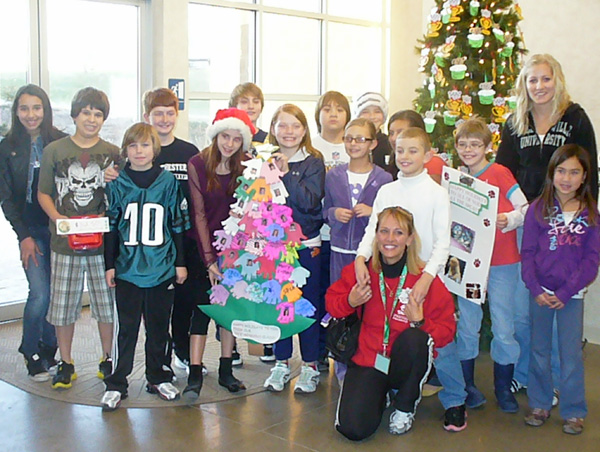
Ashar really did like his fifth-grade teacher. This is the whole class at the local SPCA in December 2010; the teacher, an animal lover just like Ashar, helps her class each year collect money and items around Christmas for the shelter. That was probably the high point of Ashar’s year, going to drop everything off!
Pediatrician, psychologist, psychiatrist
To help see if we could get things sorted out, first, we headed back to the pediatrician. “We don’t think that ADHD is the only thing going on,” was our main contention. We talked about Ashar’s growing depression – his sometimes uncontrollable fits of anger, screaming and crying – and his inability to do what seemed like “simple” things, like answer verbal questions without delay.
And we talked about how his grades seemed to go all over the place – without what seemed like any rhyme or reason. That’s when the concept of learning disabilities first came up – though the pediatrician, as nice as he was, was quick to say he wasn’t an expert on those.
We started having Ashar see a psychologist – a great guy who loves helping kids, with a soothing voice and an incredibly calm demeanor – and while it didn’t immediately lead to any breakthroughs, it did lead us into the “path” of having Ashar seen and evaluated by a psychiatrist.
The first time that word came up in conversation, Ashar, who had been tracing a line in the carpet with his foot almost obsessively, stopped cold. He’s not dumb – and he heard that and immediately went into “Oh, they think I’m crazy!” mode.
It was pretty bad.
Eventually – and it took some real effort – Ashar made it through the psychiatrist’s evaluation.
Not being familiar with him, Ash was incredibly reluctant – and cried through many of the questions. As Chris and I sat with the psychiatrist afterward, he asked us:
“How familiar are you with the autism spectrum?”
We didn’t know it then – in fact, I remember going through the conversation and thinking, “Well, that’s about what I expected” – but our lives were all going to change.
And, at least at first, it wouldn’t be for the better.
We talked more, and the psychiatrist explained to us some details about Asperger’s and PDD-NOS. He couldn’t be 100% sure which Ashar fell into, but he was thinking Asperger’s – and he recommended Ash undergo more rigorous testing through the practice’s “Spectrum Clinic,” which was designed to deal more thoroughly with the differentiations between autism, Asperger’s and PDD-NOS.
(If you’re wondering? PDD-NOS is “pervasive developmental disorder, not otherwise specified,” and in my opinion, it’s probably one of the worst medical phrases ever. But we’ll get to that later.)
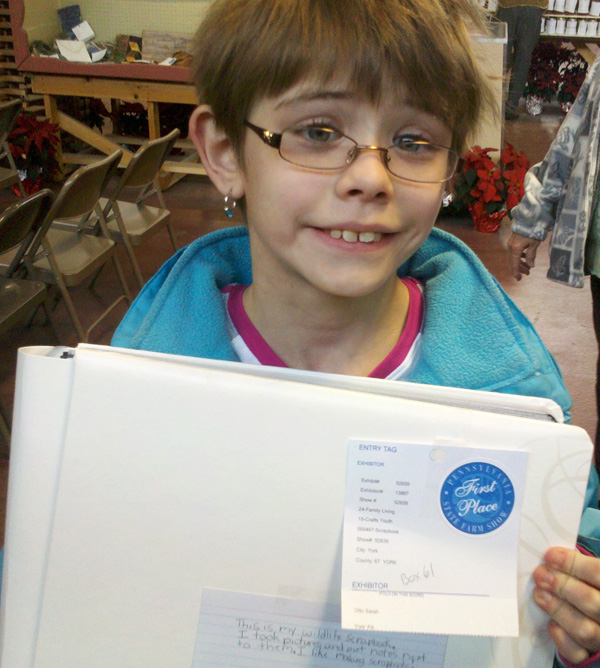
In good news, Ashar’s 4-H wildlife scrapbook (and a container garden of his) won first place in our state Farm Show in January 2011. But even with that good news, Ashar was still only able to manage a kind-of smile. (The noise and crowds at the Farm Show might have contributed to that, as we were to later learn.)
The therapy coincidence
I’ve always done some freelance website design as a side gig, and as it happened, right around the start of Ashar’s fifth-grade year, I took on some work for a new local child-therapy center, where a group consisting of an occupational therapist, speech-language pathologist, social worker, etc., teamed up to provide services for all sorts of kids, mostly on the autism spectrum.
During one of my earliest visits, I spoke with a wonderful speech-language pathologist about setting up the company’s website. To help me understand what their needs were, I asked her to describe to me what types of needs their clients had.
And I paled – because she was describing Ash. Sensory issues. Trouble with “motor planning.” Trouble reading or comprehending written instructions in certain cases. Inability to follow complicated directions.
Chronologically, this was BEFORE we received an autism-spectrum diagnosis, but I just knew.
As we talked, we happened onto a barter-system concept; I’d do some work for them in exchange for some speech-therapy sessions to help figure out Ashar’s reading-comprehension and test-taking issues. As I said, at this point, our biggest concern was helping Ashar academically, so it seemed to be the perfect answer!
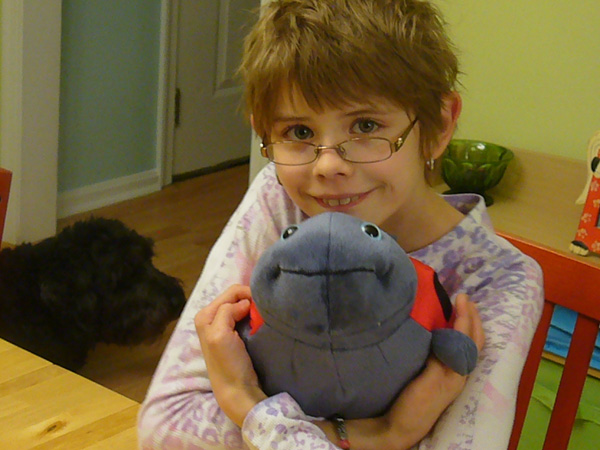
Part of what was confusing us at the time was that Ashar at home was a different person – relaxed, mostly happy, smiling, loving, able to enjoy things like his new “Lucky Ladybug,” one of his 11th birthday presents. But Ashar at school, or Ashar TALKING about school or doing homework, was not!
Anyway, as part of the center’s multi-faceted approach, they also arranged for Ashar to be evaluated by the occupational therapist.
That evaluation was probably the most time that any of the medical or educational professionals we’ve worked with has spent, talking with both us as Ashar’s parents, and with him directly.
We talked about everything from his ability to sleep for 12 hours straight as an infant to his dislike of hats – or, really, anything on his head except a hoodie – and his tendency to be one of the smallest and least-developed kids in his class.
That’s when the occupational therapist said:
How familiar are you with sensory processing disorder?
This one was sort of new to me. The therapist patiently explained how our senses work – not just our five commonly known ones, but others, like our proprioceptive sense that helps our mind know where “we” are in space, and our vestibular sense, which governs movement and equilibrium.
We also talked about the interoceptive sense, which describes how your body regulates itself.
One bloggy friend, Judy, had asked me if I thought Ashar’s overall size and physical development were related to his diagnoses, and I said my take is that Ashar’s system just works more slowly than others’. He is slow to realize he’s hot or cold, slow to realize he’s hungry or thirsty, and so on. That’s interoception, or a lack of it. It’s like your body doesn’t pick up on its own signals, and it’s hard to cope with!
While the therapist described all this, she also explained motor planning and executive functioning – skills your brain and mine probably perform automatically to do things like walk up a set of stairs and grab the right items before leaving the house daily. In Ashar’s case, every day, he has to think about these things in the way you’d think about solving a Rubik’s cube.
There’s a great checklist here that really helped this “diagnosis” hit home for me. We were not thrilled to keep building up the alphabet soup surrounding Ashar – at this point, the psychologist had tentatively suggested OCD might also be an issue, so we were up to ADHD, OCD, Asperger’s or PDD-NOS and now SPD at this point – but this one fit in a way that really explained a lot for Chris and me.
Essentially, if you imagine a thermometer, Ashar’s always hovering just under boiling. Every noise, every smell, every lighting change, gets his sensory system “heated,” and it doesn’t take much to go from that day-to-day level of heated to, unfortunately, “boiled over.”
And boiled over is where meltdowns happen. To the uninformed, Ashar’s meltdowns look like temper tantrums from a really big kid who should “know better.” To those having them, they feel like a million tiny needles pricking your skin while a shrieking whistle screams in the background while lights flash all around you. (I definitely encourage you to read more about the meltdowns – from an adult who’s experienced them – here.)
In light of all of this, the recommendation was to begin occupational therapy in addition to the speech therapy sessions, and of course, since it sounded like such a great way to help Ashar “adjust” to some of the pressures, especially those that would be ahead in middle school, of course Chris and I were on board.
To quote a silly phrase, “Everything did NOT run… according to plan.”
Ashar HATED the occupational therapy sessions. He didn’t love speech therapy, either, and it was especially bad when we added in a social worker to the mix and ended up with four days a week of sessions after school. He hated going to the therapy center at all, truth be told. He cried, had screaming fits with the staff, he had screaming fits with Chris and I.
There were a lot of reasons – and maybe no reasons at all, if that makes sense. The simplest one was that Ashar was just different enough to need help and not different enough to want it – or to accept it without question.
We’ll come back to this later – in the part where I talk about guilt, my own meltdowns and making tough choices – but for now, let me jump back over to what was going on at this time at home and at school.
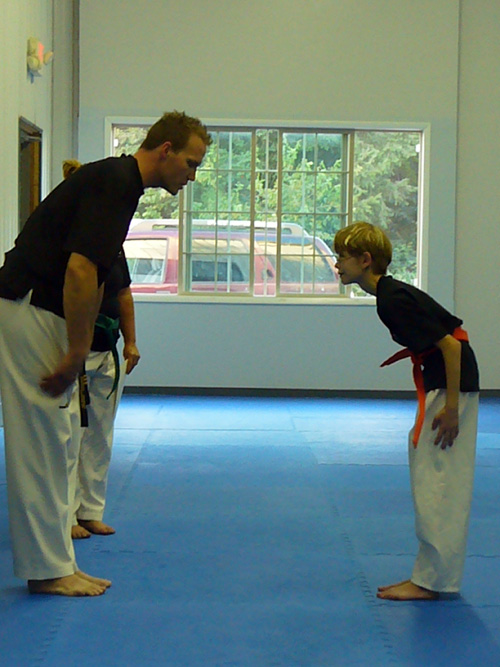
It’s hard for Ashar to attend tae kwon do classes regularly, in part because it means changing clothes, stopping what he’s doing to go somewhere else, walking around barefoot, touching things, yelling (and hearing other people yell)… but he stuck with it, attending at least occasionally, and our instructors, Mr. Bob and Mrs. Tracy Kistner at Dover Dragons, have really been the epitome of patience and understanding. In August 2011, Ashar earned his orange belt – after what turned into a gruelingly long effort. He did it, though, and he was so proud!
School and home
At the recommendation of the counselor, we quickly met with the administrators in the elementary school and set up a 504 plan – kind of an “unofficial official” agreement of accommodations the district would make, such as having Ashar not take timed tests.
We also arranged for Ashar to have his vision tested again, and he started wearing glasses, which proved incredibly helpful. For Ashar, even having slight trouble seeing was just exacerbating every other problem, so this was key to us getting through fifth grade!
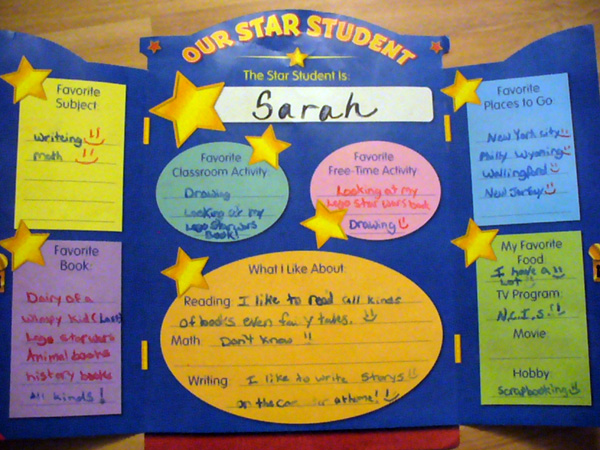
Ashar was star student of the week once during fifth grade – and got to fill out a chart with things he liked! Notice that at the time, math is one of his favorite subjects but he “doesn’t know (frown)” what she likes about it? That’s classic Ashar. Favorite is just a “thing” he doesn’t exactly get. (Favorite food? “I have a lot!” Favorite book? “All kinds!”)
We did manage to make it the rest of the way through fifth grade. Homework was a train wreck – but the teacher, who as I said was incredibly kind, as well as pretty experienced, would absolutely just accept a note from us in the agenda to the effect of “Bad night, no shot.”
The worst part of this school year was that it was Ashar’s first major experience being bullied.
Some of the kids on his bus started calling him gay (in sometimes less-nice ways). I’m not sure that at first, Ashar even knew what some of the taunts meant, but he eventually handled it incredibly well – by filling out a “guidance slip” and turning it in at the principal’s office.
Onward to middle school
Once again, we weren’t sure Ashar would pass the school year, but he did – in part because our district seems really big on social promotion, sadly.
By this time, we had an “official” diagnosis of Asperger’s, so over the summer, we contacted the middle school and made arrangements to start the IEP process.
Things started out as well as you could expect – we loved the team, and they were willing to do all sorts of things, from walking through the school building with us and with Ashar before the year began, to getting his schedule to us early, to placing him in a co-taught math class with a learning support teacher as well as another teacher to ensure she was getting the right amount of attention.
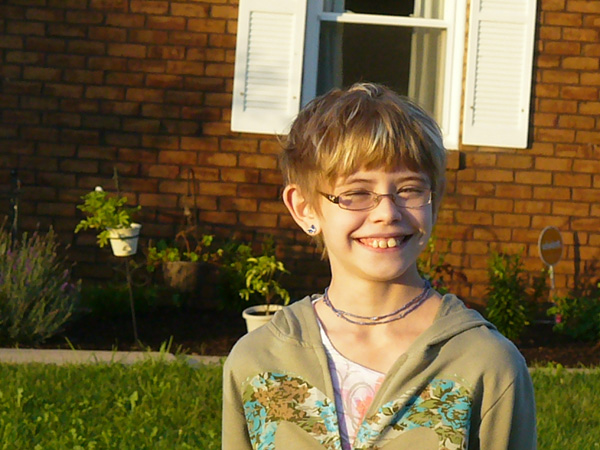
The first day of sixth grade even started with a smile – despite us having to get up at what I consider an almost sinful hour, 6 a.m., to start getting ready!
We tried hard – all of us did. I started coming home from work at 4 p.m. every day, and we broke every assigned project into parts and made a list of what to work on each night.
Within the first two weeks, we had projects in every major subject, plus a novel to read (which meant reading it TO Ashar, in our case.)
We were spending 2 to 3 hours on a good night on homework – and trying to get Ashar to sleep no later than 9 p.m.
The stuff we worked on at home turned out fairly well – but in-class projects were a disaster, as was the school day as a whole.
Ashar would take the wrong binder to class, forget the textbook, go to the wrong room, lose his locker combination, not get dressed for gym quickly enough, not eat lunch fast enough, cry when he was called on unexpectedly – and the list goes on.
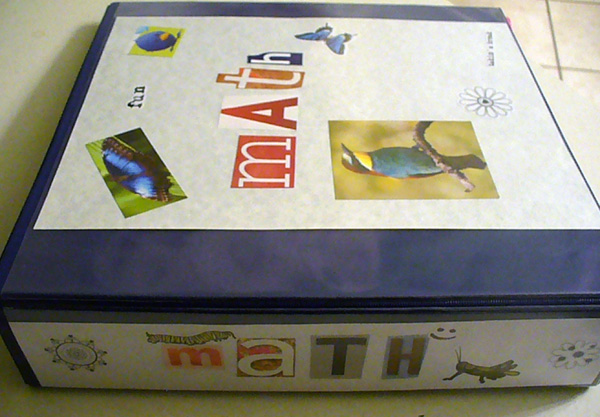
We did things like have him make collages for his (incredibly large) required binders, so that he’d have more memory of which one went with which subject (and hopefully would have something pleasant to look at during class, which sometimes could help calm him down).
We continued with the IEP process – which culminated in a substitute district psychologist doing her own evaluation of Ashar because the district would not accept our private psychiatrist’s evaluation, though they would “consider” it.
Ashar had never met this woman before, and cried through most of the evaluation. We didn’t know when it was coming – so we hadn’t prepared him for it. He was pulled out of class to be tested – and then cried because he was confused when she returned.
Then, when the IEP meeting rolled around, the regular district psychologist was back from maternity leave, and she helped guide the decisions – even though she’d never had a conversation with Ashar.
The IEP meeting was a middling success. Chris and I had seen the district’s findings before we went in, and we didn’t agree with many, but others were spot-on.
These tests claimed that Ashar’s IQ was “Low Average” – 89. His subtests were all over the mark – from Average to Low Average to Borderline to Extremely Low. He didn’t test as “Above Average” in any area – not even ones he was great at in his classes – though an informal test of his oral reading ability put him at 146 words correct per minute, when state benchmarks suggest sixth-graders should be at 117 to 145.
The all-over-the-board part didn’t surprise me, but “Low Average” did.
My contention – based on my experience as a gifted student – was and remains that Ashar is gifted and learning disabled, also known as “twice exceptional.”
The district, however, felt otherwise.
The most interesting part was that this test, too, showed evidence of a learning disability related to language processing. However, in the report comments, Ashar’s teacher said he did not display in class the same level of difficulty as he did on the test.
To be considered “learning disabled” in Pennsylvania, a student most demonstrate a severe discrepancy between their cognitive ability and achievement on testing, and must demonstrate a need for specially designed instruction. Because Ashar was passing his classes, he did not demonstrate a need for specially designed instruction, and here’s the scary part:
Because his IQ test score was so low, the rest of his scores were “in keeping” with it, meaning he was not demonstrating a severe discrepancy between ability and achievement.
Essentially, this report said, “Look, folks, you’ve got a C/D student pulling Ds. That’s not a learning disability.”
I didn’t agree, and I went into the meeting with every good intention of making myself clear and NOT SIGNING ANYTHING. Ask Chris – I must have told him 10 times, “Don’t sign anything if we’re not sure about it!!”
I wish I could say that I stuck to my guns – or I wish I could say that the district bullied me into signing. Neither is true. Honestly, they were so nice and so pleasant with us that it seemed unwise to rock the boat, so we accepted their recommendations, which did include IEP accommodations under the category of “Other Health Impairment” consistent with PDD-NOS, but with no record of a learning disability.
Once again, we were left with phrases that basically said, “There’s probably something ‘wrong,’ but we don’t really have a name for it.” Boy, I hate that. I hate feeling powerless, and I hate knowing that even the doctors can only at best dump Ashar into a bucket that doesn’t begin to describe the awesome and unique person he is.
At school, in short, not much changed. Most of Ashar’s teachers were already making accommodations for him on tests; he was in math remediation at the end of the day (in addition to the co-taught class), and we did most of his projects at home, because Ashar just couldn’t or wouldn’t work on them independently when given time in class.
In some classes, Ashar was doing well. Geography – which also featured his favorite teacher – was especially good. Ashar really got into those projects, too!
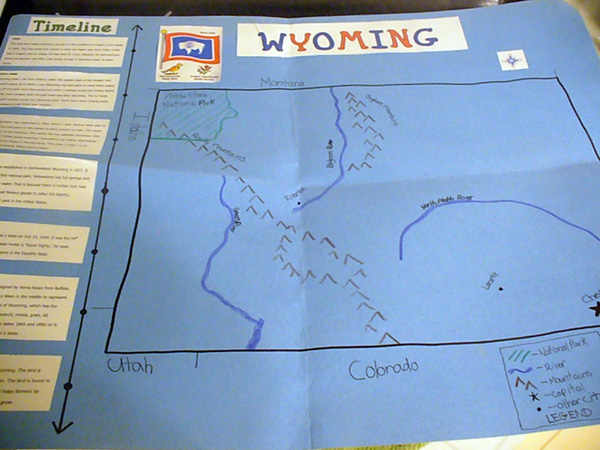
Ashar got a perfect score on his project about Wyoming. My only contribution was to draw the black rectangle outline of the state and the timeline “ruler” in Sharpie, and to type what Ashar dictated for the timeline dates. He did everything else – but it took us probably six nights of an hour a night to get this done. One night, we’d do ONE timeline entry and print a title. The next, we’d draw ONE geographic feature and do ONE timeline entry. It was slow going, but the end result was great!
On the other hand, some classes were NOT going well. Chris got a call at work one day with the following story:
The teacher had given a writing assignment – do the first paragraph of something, and then bring it to the teacher for approval and direction on how to continue.
Ashar wrote two pages longhand in his notebook. As the teacher walked past, she said, “Oh, that isn’t right – you are just supposed to do the first paragraph.” Then she walked away and left Ashar to continue.
Ashar erased the entire two pages – which he’d later need – and rewrote one paragraph.
The teacher claimed he was being defiant – and she was upset that Ashar never turned in the full essay later. (He turned in that paragraph, thinking that was the entire assignment and that he’d misunderstood.)
I was upset that she didn’t take the time to say, “Ashar, that’s great – save that for later. But can you also copy your first paragraph onto another piece of paper for me?”
Ashar is literal. If you tell him something isn’t right, he’s going to erase it. It’s that simple, and if you know how to work around it, you can get what you need.
At home, I was able to explain everything and get Ashar to dictate to me the entirety of his thoughts, which were more than A-quality.
This led to a really awful situation in which the teacher accused me of doing Ashar’s work for him, because the work Ashar turned in when I helped him understand the assignment was of “higher quality” than what he did in class.
At first, I was royally angry. Among other things, with 13 years as a professional writer and journalist, don’t you think I could pull more than a 72% in a sixth-grade class if I were doing that?
When I calmed down, though, I really understood. No one who has a room full of 30 students can possibly take the time to be what Ashar needs in order to “get” quality work out of him. But a teacher with a lot of experience – and who really wants to challenge her students to be their best – could easily think that if a student couldn’t follow one simple instruction in class, how on earth could they REALLY be producing top-quality work at home?
On top of all of this, Ashar was having meltdowns daily in his math remediation class. He would cry – and yell at the teacher. He hated being labeled as what he perceived as “dumb” – in fact, his math grades were among his highest, oddly, yet he couldn’t get taken out of the remedial program.
That’s when we hit rock bottom.
Ashar was physically pale and getting sick to his stomach every day before math – and, since it was his last two periods of the day, he was coming home completely wasted away.
His other subjects were slipping, too – although his favorite classes, geography and science, were first thing in the morning, he spent them worrying about what would come later in the day.
He got hit by a ball in gym class, and the teacher laughed – he said kids with glasses were a magnet for balls. (I think he was trying to make Ash laugh, but it definitely didn’t work.)
He hated everything and everyone.
The part where Mom and Dad have meltdowns
This is where guilt sets in.
I have spent way too much of the past few years wishing, deep down inside, that Ashar was “more like everyone else.”
I never wanted that for any children I might have – and I never really wanted it for myself as a child, even when I thought I did!
But here I was, looking around at the crisis our life was becoming, with tears almost every night (not just from Ashar), with Chris and I both under stress at work, and all I could think of was, “Why is he like this?”
That hurts.
It hurts to admit, and it hurts to think that I probably said those words TO Ashar when I was melting down myself. (I can’t be sure – but I’m positive I’ve said things equally as hurtful.)
It hurts to admit that I would see young family friends of ours, students from our tae kwon do school or 4-H or our neighborhood who were doing things like getting black belts and making the honor roll and spending every weekend with friends, and I’d think I’ll never have that. Ashar will never have that.
It hurts to admit that I was GLAD the first time Chris really lost it after one of Ashar’s meltdowns – because I finally wasn’t alone.
It hurts to admit that when I left my full-time job of 13 years so that I could be home with Ashar more – even though doors were opened that brought me to a combination of jobs I truly love and that are a financial benefit to our family – I was too angry at “having” to do it to see it for the opportunity that it was.
It hurts to admit that I looked at some friends who have children with incredibly profound disabilities – and was jealous of the help and understanding they get, and of their own children’s inability to realize their differences.
And it hurts more than anything to admit that I ran screaming and crying up the stairs one day after realizing that Ashar was sitting in our hallway, hitting his head as hard as he could against the wall while the two of us were home alone. We were both of us sobbing, him saying, “I hate this, I hate my head, I hate what’s inside it” and me saying, “You can’t DO that, they’ll take you away and make you live somewhere else, they’ll think you’re crazy!”
The rational part of me understands grief – and that it can make anyone do things they’re not particularly proud of. That same part of me understands that even if Ashar doesn’t always realize it, sometimes he’s grieving too.
Is this the life any of us would have chosen? I don’t know.
But the further I come from those darkest days, the more I realize that there’s no perfect life, no perfect kid – and I’m not sure I’d trade this for any other set of problems. Nothing’s better or worse – they’re all just different problems.
What we decided
I wish we could say we had some shining “aha moment.” Instead, we had a bunch of bombs about to go off, and we just defused each one and tried to move on to the next.
We quit all the therapy sessions – abruptly, and against the therapists’ recommendation. I believe that occupational therapy in particular, and also speech-language help, could have been good for Ashar – if we’d started them earlier. I believe that they could have worked now, if Ashar wanted the help and trusted the people helping him. I’m glad we did get an SPD diagnosis, because I believe it has changed a lot about how I understand Ashar and how I help him face the day.
But more than all that, I believe in listening to my child. I believe that if he is miserable to the point of depression and self-harm (the head-against-the-wall thing, as well as picking his nails to the point he has ripped them off) at the thought of doing something, then we should find a way not to do it. So I called one day, cancelled all remaining sessions, and said we were flat-out done.
I have been criticized for that – by therapists and other “professionals.” I’m told I’m sending a bad message – that quitting is OK, that acting out gets you what you want, that you don’t have to stick to things if they’re hard.
I prefer to think that I’m keeping my promise to my child, to love him and respect him and value his input. (There is a beautiful and wonderful take on this on Positive Parenting Connection titled “If I Am Kind to My Child.”)
When school got bad, we’d occasionally keep Ashar home “sick” – sometimes to see his counselor, but other times just to de-stress. The principal was in the loop, and it seemed to help at first.
As we hit a breaking point in February 2012, we kept Ashar out for three days in a row. He was almost unable to leave the house, he was so stressed, and more than three days’ absence requires a doctor’s note and diagnosis, so we knew we had to figure something out – fast.
On the first of those three days, Chris and I sat down and talked – and we realized none of us could keep going this way. We’d already been talking about homeschooling for seventh grade, and were pretty close to making a “yes” decision on it.
Suddenly we had a different plan. On that first day “out,” I spent hours researching and printed out the affidavit and objectives we’d need in order to start homeschooling right then.
Because of Ashar’s IEP, Pennsylvania law requires that a licensed clinical psychologist or special-education teacher must “pre-certify” his objectives. I worked the phones for hours – reaching out to Ashar’s counselor (who was just back from medical leave and who didn’t love the idea of a sudden change in plan for Ash) as well as every special-education teacher and homeschooler I knew.
We got the call Feb. 29 that the counselor had signed the objectives. We rushed to pick them up, and then filed our paperwork that day with the district. We were skating on the edge of our borrowed time – another day and we’d be in the “unexcused absence” camp, and given that we weren’t exactly without absences already, we were legitimately worried about truancy.
Our first “homeschooling day” was that one. We just couldn’t send Ashar to a place where he was so miserable – and learning so little – any more.
We don’t hate our school district – or any of the professionals who tried to help us. We don’t think their ways are “bad” – and we appreciate the help we received.
But we love our son, and yes, we humbly believe we can do better by him.
Shortly thereafter, we stopped having Ashar take the medications he’d been on for ADHD and depression. They had served a purpose – but our goal now has been to radically simplify.
In some ways, our world has gotten a lot smaller – we’ve closed our circle, we’ve brought Ashar home, we’ve stopped doing an awful lot of things, we’re quiet an awful lot of the time.
In more ways, though, our world has gotten bigger. I spend my days with my son. Our whole family goes out and enjoys the world around us. We learn a lot – and we’re all learning more about each other and how to listen and love.
And we smile bigger. Oh, do we smile.
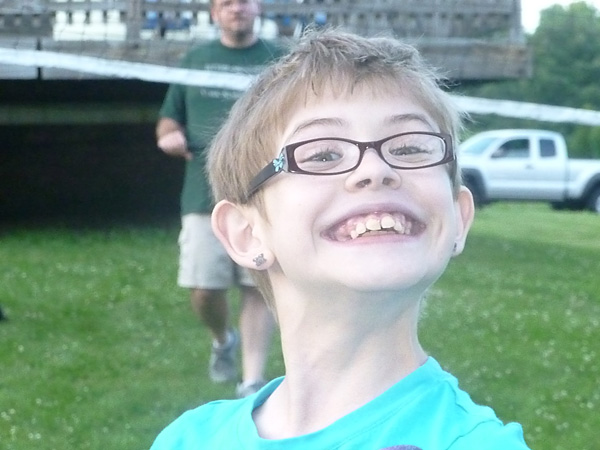
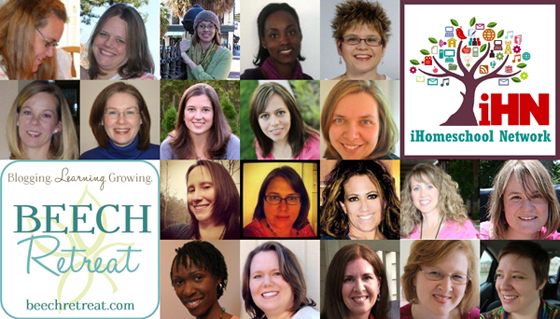




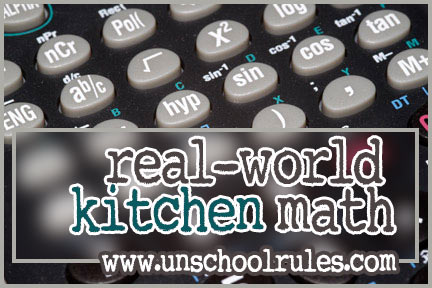
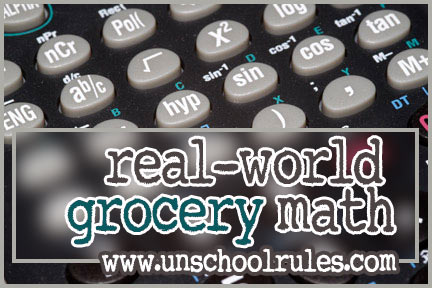
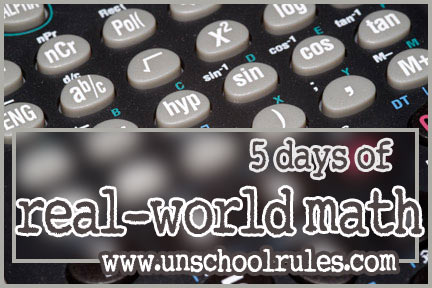

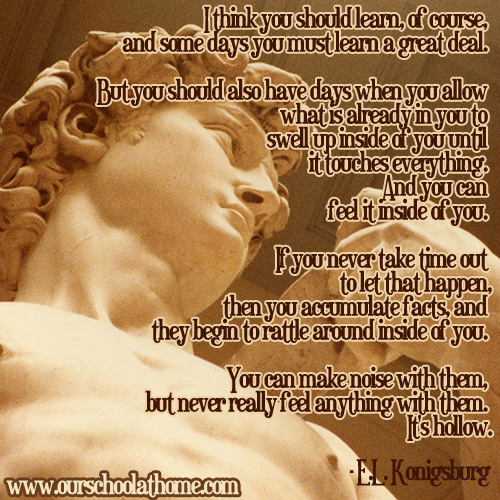
 I’m working from home – and homeschooling – and trying to keep a home as well as my sanity and my sense of self.
I’m working from home – and homeschooling – and trying to keep a home as well as my sanity and my sense of self.








